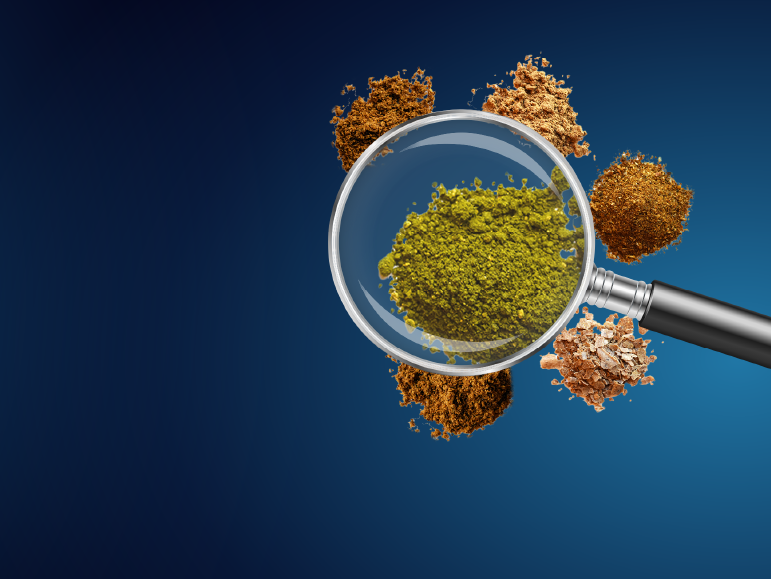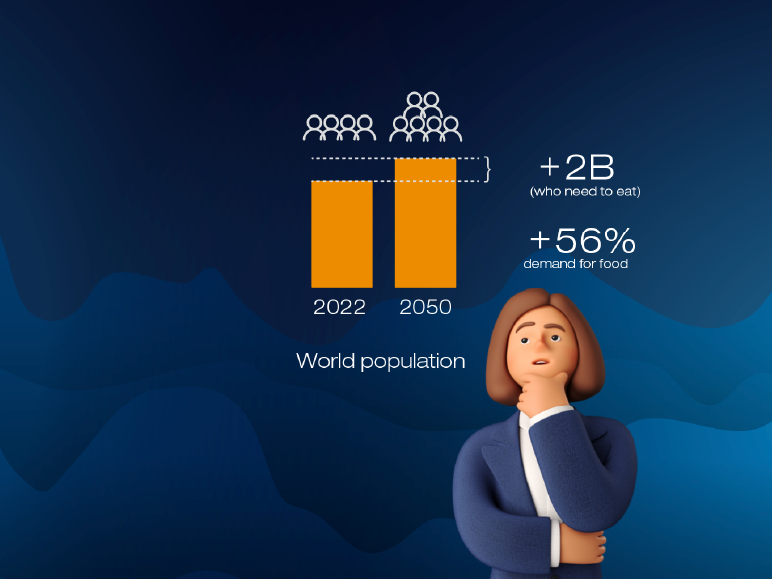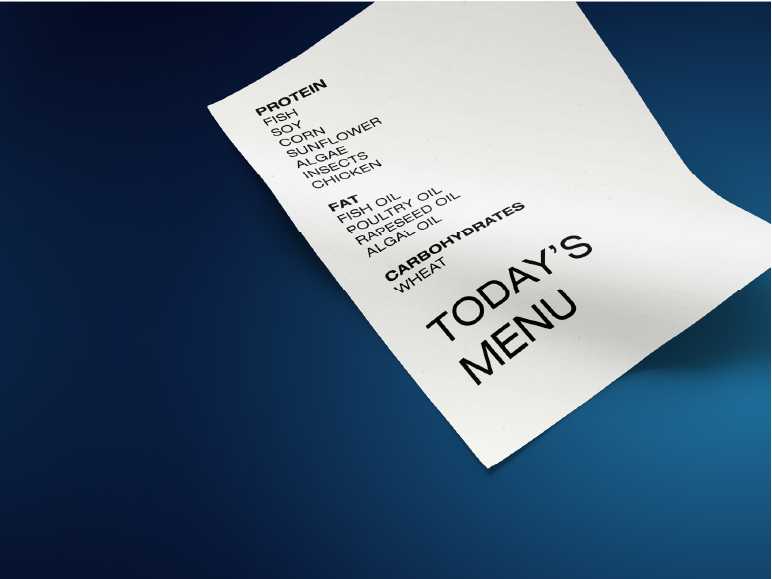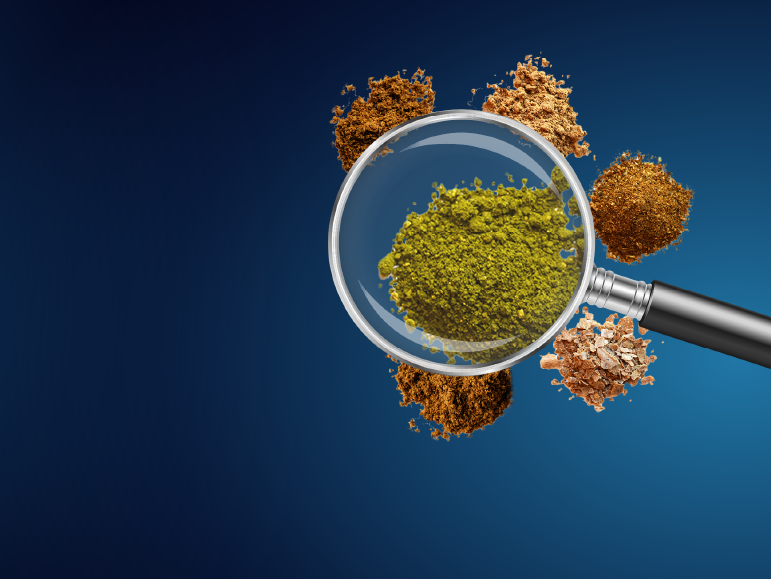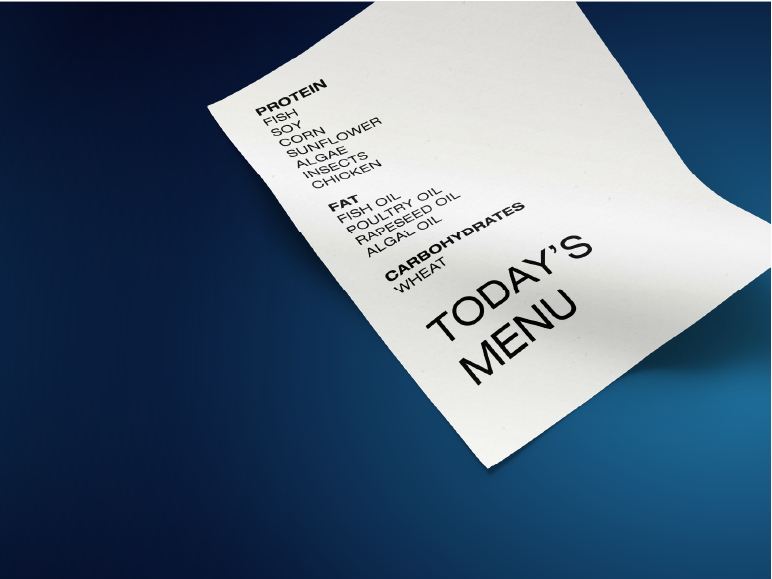
Nutritional needs
These recipes provide fish and shrimp with the necessary balanced nutrients for optimised growth, development, health and welfare.
Because every species – that can be as biologically unique as mice vs elephants - every life stage, and every farming system has specific nutritional needs, we conduct meticulous research when looking to develop new diets or upgrade existing solutions.
Through our comprehensive understanding of the digestive systems and the nutritional requirements of the different species, we have built up an extensive raw material digestibility database dedicated to each one.

